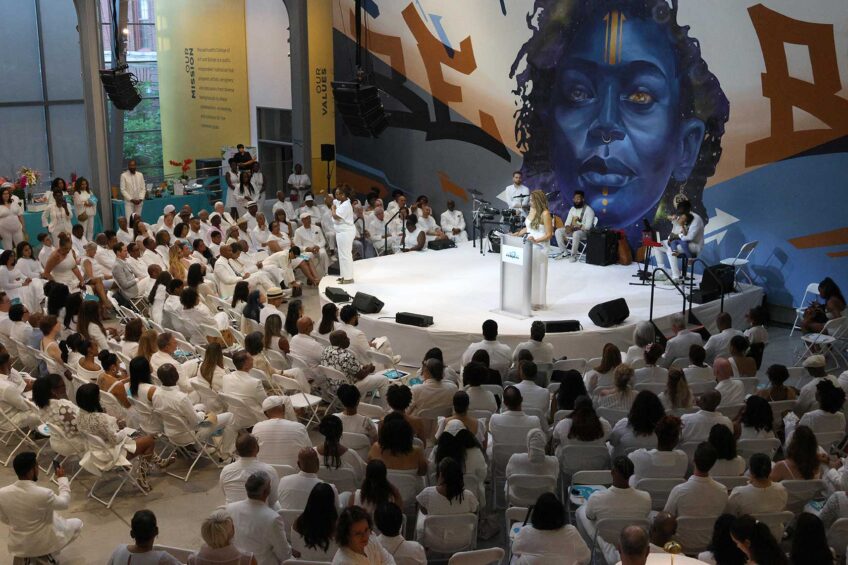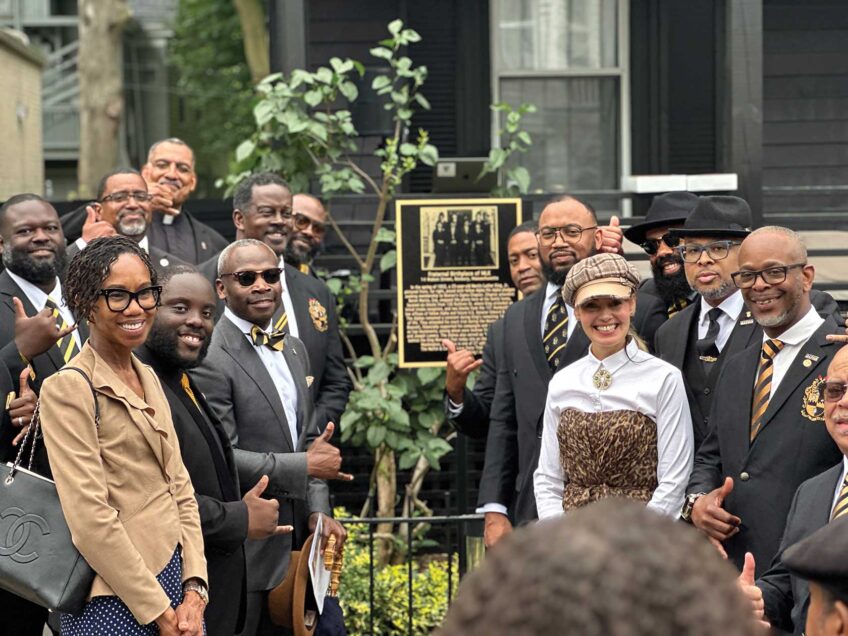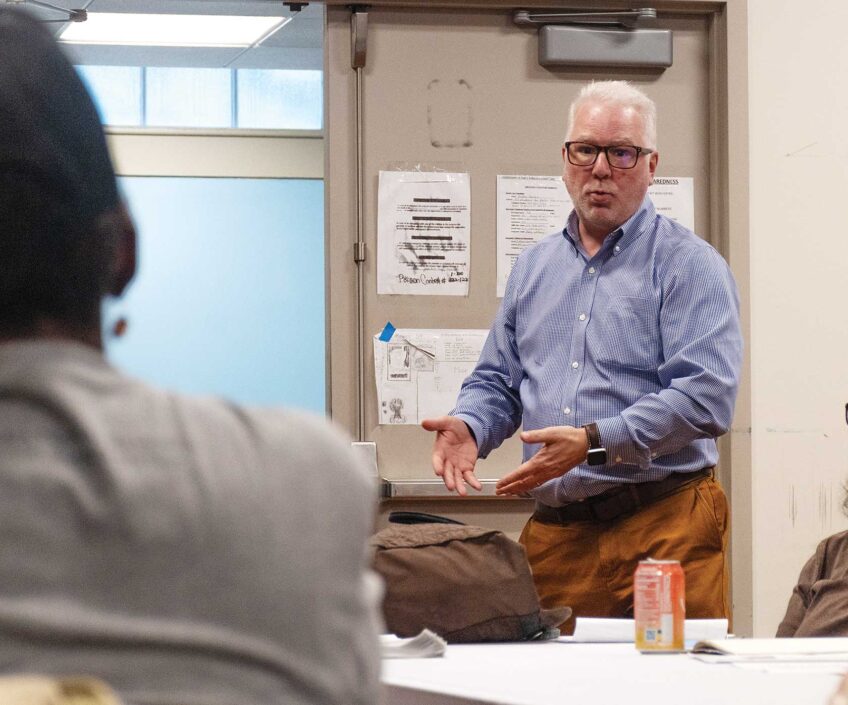Activist Niaz Dorry wants to talk about fish. While discussions about food have become popular across the country, fish is a frequently neglected topic — and through her work, the Gloucester, Mass. resident hopes to change this.
Dorry, 46, began her activist career as a community organizer for Greenpeace’s toxics campaign. She was later approached by Greenpeace to work on their oceans campaign, and Dorry saw that it involved many of the same issues she was already involved with. “It’s about the global movement of capital,” she explained.
Whales, fishing communities and the ocean stand in the way of this movement, so “industries are focused on getting rid of these obstacles.”
With a sense of urgency, Dorry moved to Gloucester, Mass. to begin work. Two years later, Dorry left Greenpeace to head the Northwest Atlantic Marine Alliance (NAMA), a Maine-based organization working to support sustainable fishing. NAMA operates throughout New England and works with the policies, markets, communities and ecosystems involved in fishing.
“We are focused on making sure community groups have the power.”
NAMA’s work is a pushback against the industrialization of commercial fishing that has developed in the U.S. over the past century.
Commercial fishing began to grow as demand for seafood year-round increased. Instead of eating seafood “in season” consumers wanted to eat any fish at any time.
To feed this demand, new technologies were developed. After WWII, old military ships were transformed into massive fishing vessels and factory fishing operations. These ships brought in large quantities of fish — but at a high environmental and human cost.
Over-fishing and pollution led to the degradation of marine ecosystems, and the new economic model of the industry meant that fishermen were suddenly being paid far less.
A few decades later, industrial-scale aquaculture became prevalent. Aquacultures grow fish in man-made ponds and tanks, or sectioned-off parts of the ocean. These artificially controlled enviroments allow farmers to add hormones and coloring to make the animals grow faster and look better — yielding greater profits for companies.
As Dorry further points out, the Blue Revolution — the industrialization of commercial fishing — has much in common with the Green Revolution — the industrialization of agriculture.
Industrialized agriculture led to the loss of food quality, increased use of pesticides, erosion of land, economic decline in farming communities and the deterioration of Americans’ health. While claiming it would feed the world, the Green Revolution instead led to greater food insecurity. The mistakes on land are blatant, Dorry explains, and are now being replicated on water.
But Dorry and NAMA offer an alternative — community-supported fisheries (CSFs). In a CSF (just like community-supported agriculture), consumers pay a seasonal fee to local fishermen for a weekly share of their catch. By cutting out the middlemen, a CSF claims to offer lower prices and the freshest fish to consumers — and higher profits for fishermen.
This bottom-up method not only empowers local communities, advocates argue, but is also more environmentally sustainable. Because fishermen receive higher profits for their catch, they are not encouraged to over-fish. CSFs also say they can reduce the number of miles food travels to the kitchen table — reducing the carbon footprint of each meal.
“We need to look at this through a food systems lens,” Dorry said.
And CSFs promote just that by encouraging consumers to understand the environment and the communities fish come from.
But Dorry also realizes not everyone will participate in a CSF. “Try to eat fish that still look like fish,” she advises supermarket-shoppers. This means avoiding highly processed products like fish sticks and fake crabmeat — which are made from farmed fish and lots of artificial flavoring and coloring.
Instead, consumers should try to buy fresh, local and wild seafood from the supermarket. Now that new laws require seafood labeling to include the country of origin and whether it’s wild or farmed — the decision should be easier.
But Dorry also warns against these labels creating a false sense of security for consumers. Asking questions at the supermarket is still critical — asking where seafood comes from, who caught it, how it was caught, and why the store decided to sell that particular item.
“As a society we need to ask more questions,” she said. “Don’t let someone make your decisions for you.”
To find more information on local CSFs, visit NAMA’s website at www.namanet.org.






